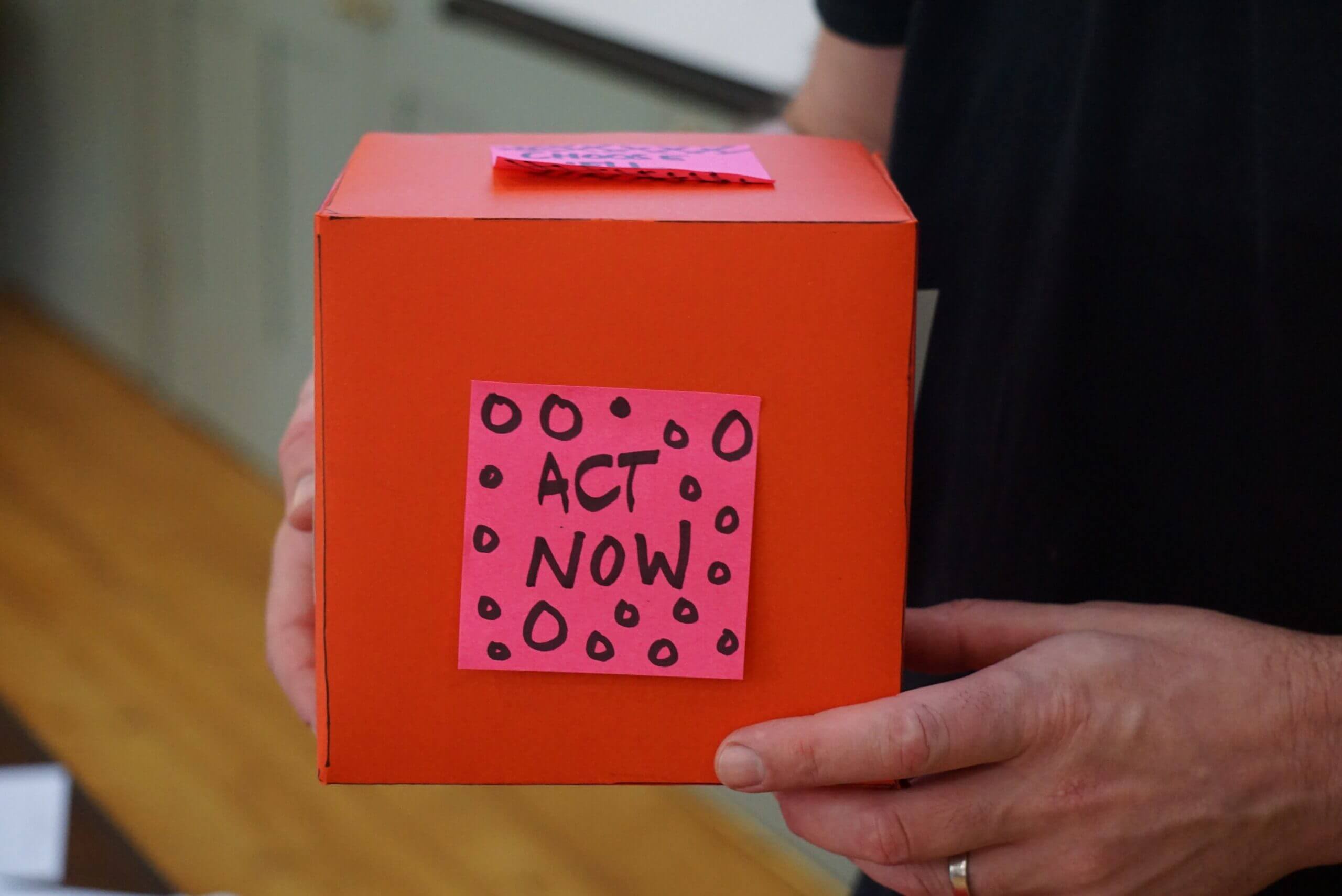
“Nora, put in your footwear. Nora, put in your footwear. Nora, put in your footwear.” I’ve been asking my six-year-old to get her sneakers on for the final quarter-hour, and she or he’s undoubtedly tuned me out whereas she scampers round the home. I’m complaining to my pal about it later that day, and she or he affords some counterintuitive recommendation: “Give her much less time.” She says she’s flipped the strategy at her home: she asks her son as soon as, with sneakers in hand, and nowhere else for him to go.
It seems that my pal’s intuition right here is a brilliant option to change conduct—although it might appear shocking at first. It’s straightforward to suppose that extra time equals extra probabilities for individuals to note, study, and act. However typically, much less time truly results in extra motion.
That perception additionally applies in higher-stakes conditions than my daughter’s wardrobe. “I’m anxious 2 weeks isn’t sufficient time. Ought to we make it 3 or 4?” My pal is planning a fundraising marketing campaign, and she or he causes that extra time will give individuals extra alternatives to listen to in regards to the marketing campaign, to study in regards to the affect her group has, and to truly make donations. However she’s falling into the identical frequent lure: assuming that extra time will result in extra consideration and motion.
My pal isn’t the one one coping with this drawback. Successfully capturing and utilizing moments of consideration is important for fundraising in addition to many different efforts to enhance methods, however we are able to solely persuade individuals to behave in the event that they discover us. Getting individuals’s consideration is more durable than it appears. We all know people have restricted consideration. We’ve got to face out in a world filled with shiny issues (and web tabs) making an attempt to seize our focus. So what works?
The way to seize consideration
Purpose to forge a detailed hyperlink between grabbing your viewers’s consideration and making it doable to behave. And also you in all probability don’t want as a lot time as you suppose. For Nora, which means offering the sneakers proper after breakfast and remaining current till they have been on her toes—providing much less time for extra motion.
For my fundraising pal, which means streamlining her marketing campaign. Particularly on the subject of giving, individuals wish to do good—they usually typically want far much less data and time to behave on it than we anticipate. The truth is, offering an excessive amount of of both could cause individuals to place off giving.
We noticed an awesome instance of this in our collaboration with Raised By Us, a company that runs office fundraising campaigns. We helped them incorporate behavioral insights into their revolutionary worker engagement applications. One of the crucial attention-grabbing findings was that extra individuals appeared to donate when Raised By Us diminished their customary two-week deadline for giving throughout a fundraising marketing campaign to some bursts of engagement (both a single 90-minute interval on in the future or as little as 15-minute chunks on successive days) totalling beneath 2 hours.*
Time-bound fundraising campaigns like this are partially efficient as a result of they focus consideration. When individuals have very long time horizons, it’s straightforward to place off giving until later, and when individuals try this they’re vulnerable to neglect or change their minds. When there isn’t a later, persons are extra inclined to behave now.
Extra broadly, this discovering underscores the behavioral perception that on a regular basis giving is usually impulsive. After we shorten the window for giving, we hone that impulsivity, in a way encouraging individuals to hurry up (which facilitates their beneficiant impulses) moderately than decelerate (which will increase the prospect of distraction and perpetual procrastination).
The shocking upshot is that providing individuals much less time or content material could also be simply what they should activate their most altruistic selves.
As for me, this morning I waited with sneakers** in hand for Nora to complete breakfast, then handed them to her and patiently stood by. Consequence? An early(ish) departure for varsity! A small victory, underlining that typically, much less actually is extra.
* Raised By Us did experiment with different tweaks as effectively, which can have contributed to the elevated participation. As well as, the campaigns have been run at completely different corporations. Nevertheless, insights from behavioral science and a spotlight counsel the overall discovering is promising.
** If you happen to’re questioning about socks, I’ve already solved that one behaviorally; my two youngsters share 24 pairs of equivalent white socks which can be saved in a field by the door. No alternative battle and restricted hassles for everybody!
